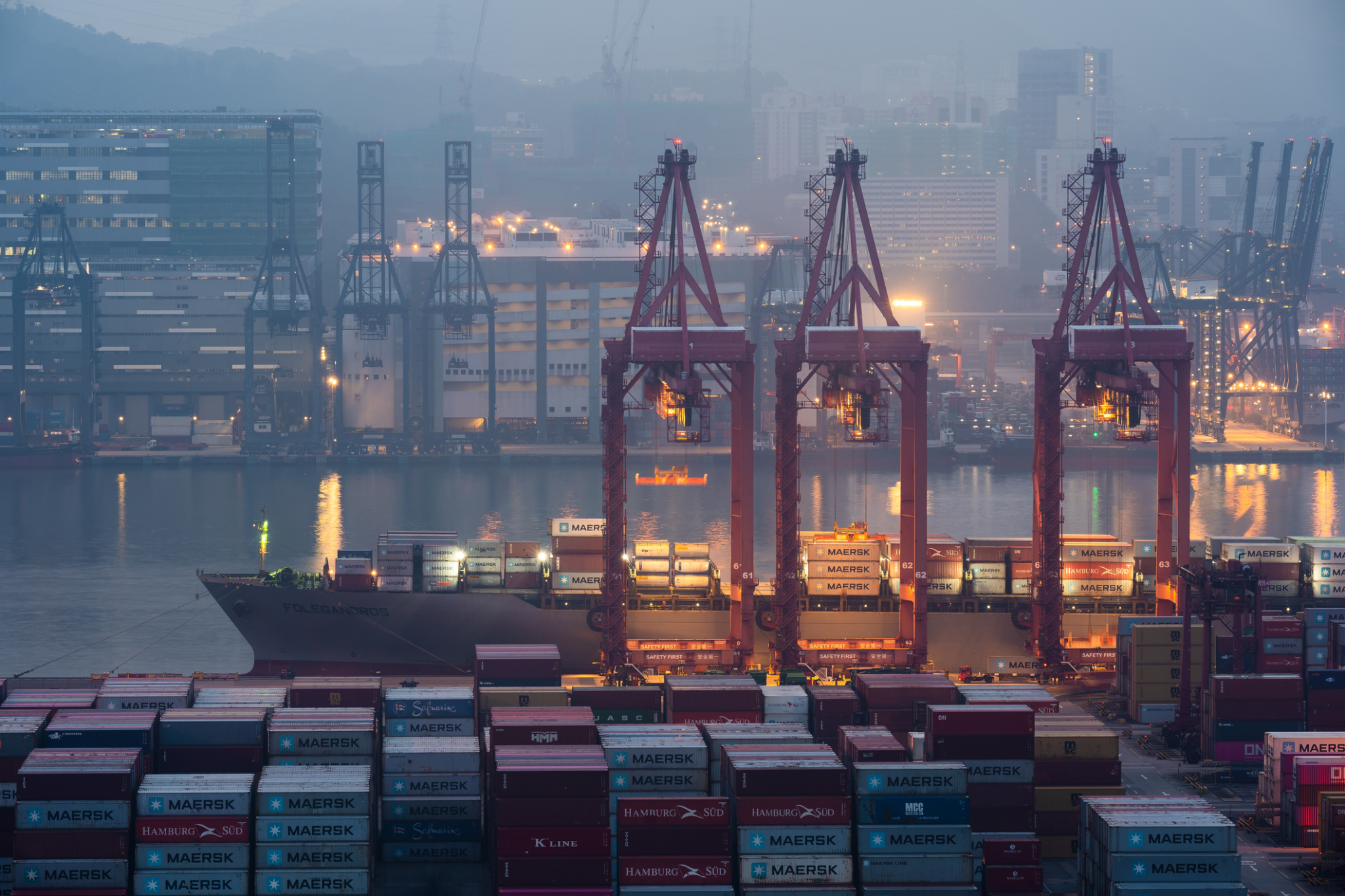
Tariffs have insulated the U.S. industry from the worst of the damage, but a global steel crisis is already playing out.
Chinese steel exports have surged to their highest levels since 2016, increasing by 21% from the previous year-to-date levels. It’s a surge that casts a pall over the global steel industry, but it’s certainly not surprising.
The latest data comes on the heels of a projection made by the Global Forum on Steel Excess Capacity (GFSEC) in its Ministerial Statement that global steel overcapacity would mount to a record high that the world hasn’t seen since the steel crisis of 2016, when mills throughout the U.S. were forced to idle under an absolute deluge of cheap steel imports. Because of the continued pressure steel excess production has put on the global market, the GFSEC estimates that its member nations have lost 134,000 to 190,000 valuable steel jobs over the past decade.
Though the GFSEC fell short of explicitly calling China out for its enormous steel overcapacity, it did attribute the global problem to non-market policies and practices, for which China is notorious. And yet, if the steel group hopes to hit the core of the problem here through international cooperation as it calls for in its recent statement, it must hit at the core of the problem: China.
The Alliance for American Manufacturing recently issued a report examining the rising specter of Chinese excess steel production, spotlighting China’s extensive history of market manipulation to stoke its steel overcapacity despite vows to tamp down production:
“Faced with mounting international pressure over the last decade, Beijing has been doing everything imaginable – issuing plans, writing memoranda and guidance, and making promises in negotiations – to address its steelmaking overcapacity. Still, despite its repeated promises to rein it in, China’s overcapacity continues to increase. After the last global overcapacity crisis, again largely at the feet of its massive steel industry, China embarked on a four-year effort during which it mothballed 700 small steel mills with 140 MT of steel capacity deemed substandard and reduce another 150 MT of capacity from larger firms. Chinese steelmakers still managed production increases. It produced a record 928.26 MT of crude steel in 2018; a world record it has since broken.”
Section 232 tariffs have somewhat inoculated the U.S. from the worst of the Chinese steel overcapacity crisis, but that defense must be coupled with others. As we urge in our “Shockwaves” report, now is the time to equip America’s workers with the trade tools they need to compete in this deeply imbalanced global market — something that United States Trade Representative Katherine Tai has long asked for.
These tools should include the reinstatement and modernization of Section 421 import surge protection, modern anti-dumping and countervailing tools like those proposed in the Leveling the Playing Field Act 2.0, and the continued use of Section 232 and Section 301 tools.
Now is the time to strengthen America’s trade defenses before we see our steel industry, the backbone of our nation’s economic success and national security, crumble under the weight of China’s steel export flood.
